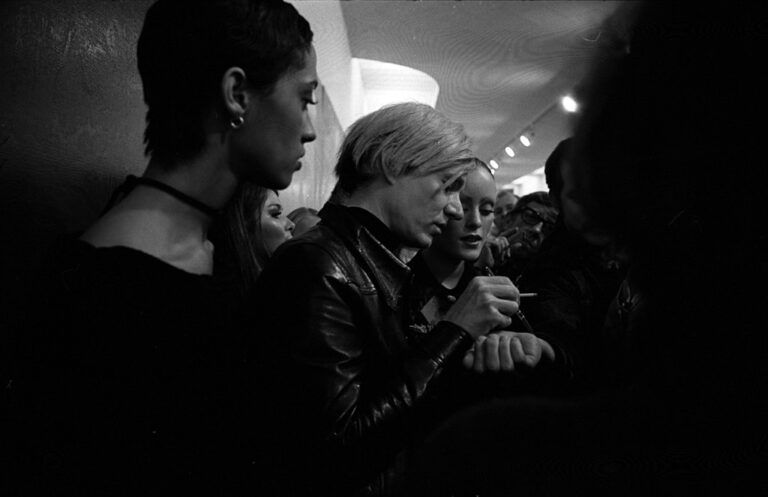Andy Warhol, the iconic figure of the Pop Art movement, was renowned for his innovative approach to art and his fascination with celebrity culture. Throughout his career, Warhol was known to have several muses who inspired his work, but perhaps none were as influential and enduring as Edie Sedgwick.
Edie Sedgwick, an American socialite and actress, captured Warhol’s attention with her unique blend of beauty, charisma, and tragic allure. Born into a wealthy family, Sedgwick was drawn to the bohemian lifestyle of New York City’s art scene, where she quickly became a fixture at Warhol’s famed studio, The Factory, in the 1960s.
Warhol was captivated by Sedgwick’s presence, often describing her as his “superstar” and featuring her prominently in his films, including “Chelsea Girls” and “Vinyl.” Sedgwick’s magnetic personality and glamorous style served as a muse for Warhol, inspiring him to create some of his most iconic works, including his famous “Screen Tests” and a series of silkscreen portraits featuring her image.
Their relationship was complex, blurring the lines between art and reality, as Warhol both documented and shaped Sedgwick’s life through his work. Sedgwick’s troubled personal life, marked by struggles with addiction and mental health issues, added a layer of poignancy to her collaboration with Warhol, reflecting the darker undercurrents of fame and celebrity.
Despite their close bond, the relationship between Warhol and Sedgwick was not without its tensions. Sedgwick’s increasing dependence on drugs strained their friendship, and she eventually distanced herself from Warhol and The Factory, seeking to establish her own identity outside of his shadow.
Tragically, Sedgwick’s life was cut short at the age of 28 due to a drug overdose, leaving behind a legacy that continues to fascinate and inspire artists to this day. Warhol, deeply affected by her passing, immortalized Sedgwick in his work, capturing both her beauty and vulnerability in his portraits and films.
In many ways, Sedgwick embodied the spirit of Warhol’s artistic vision – a glamorous yet fragile figure navigating the excesses of fame and the pressures of society. Through his exploration of Sedgwick’s persona, Warhol delved into themes of celebrity, consumerism, and the cult of personality that continue to resonate in contemporary culture.
Beyond Sedgwick, Warhol had other muses who left their mark on his work, including fellow artists, actors, and musicians. Figures like Mick Jagger, Marilyn Monroe, and Debbie Harry all inspired Warhol with their larger-than-life personas and cultural significance, contributing to the rich tapestry of his artistic oeuvre.
In the end, Andy Warhol’s muses served as more than just subjects for his art – they were reflections of the society in which they lived, symbols of an era defined by its obsession with fame and image. And while the lives of Warhol’s muses may have been fraught with turmoil and tragedy, their legacy endures as immortalized icons of a bygone era, forever immortalized in Warhol’s vibrant and enigmatic creations.

